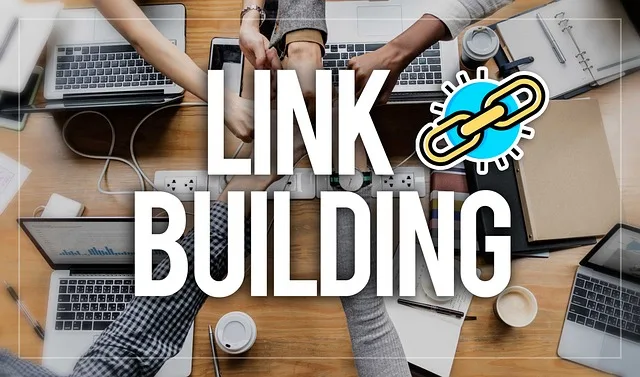
Master Long Form Content Creation Today
When it comes to ranking higher on Google and keeping your readers engaged, Long Form Content Creation is one of the most powerful tools in your marketing toolkit. It allows you to explore a topic in-depth, build trust with your audience, and improve your search engine visibility—all at once.
If you’re not using long-form content yet, you’re missing out on huge opportunities.
What Is Long Form Content Creation?
Long Form Content Creation means writing detailed, informative content that usually ranges from 1,000 to 3,000 words or more. This type of content goes deeper into topics, answers more questions, and provides full value to the reader in one place.
Examples include:
- In-depth blog posts
- How-to guides
- Case studies
- Whitepapers
- eBooks
Instead of scratching the surface, long-form content gives your audience the complete picture.
Why Long Form Content Is Important
Search engines like Google love valuable, high-quality content. And long-form articles often perform better than short ones. Here’s why:
- Better SEO Rankings: Google favors content that thoroughly covers a topic. It increases your chances of ranking for multiple keywords.
- More Backlinks: Other websites are more likely to link to detailed, helpful articles.
- Increased Time on Page: Longer content keeps users on your website for more time, which signals quality to search engines.
- Builds Authority and Trust: Long-form posts help establish you as an expert in your field.
- Higher Conversion Rates: Well-written, detailed content guides the user step by step toward taking action.
How to Create Effective Long Form Content
Creating high-quality, long-form content doesn’t mean writing fluff. You need to plan and structure it well. Here’s how:
1. Choose the Right Topic
Start with a question your audience is asking. Use tools like Google Trends or AnswerThePublic to discover what people want to learn.
2. Do Keyword Research
Find keywords and related search terms. Focus on one primary keyword like Long Form Content Creation, and sprinkle in related ones naturally.
3. Make a Clear Outline
Divide your topic into sections with H2 and H3 headings. A good structure improves readability and helps Google understand your content.
4. Write for Humans First
Use simple language, short sentences, and friendly tone. Avoid jargon unless you explain it. Keep paragraphs 2–4 lines long.
5. Add Visuals and Examples
Images, charts, infographics, and real-life examples can make your content more engaging and easier to understand.
6. Include Internal and External Links
Link to your own blog posts and services, and add 1–2 links to trusted external websites. It improves SEO and builds credibility.
Mistakes to Avoid in Long Form Content Creation
Creating long content is great—but only when done right. Avoid these common mistakes:
- Writing without research
- Keyword stuffing
- Ignoring readability
- No structure or headings
- Forgetting mobile optimization
- Not updating old content
Remember: quality matters more than word count. A useful 1,200-word article will always perform better than a boring 3,000-word one.
Is Long Form Content Worth the Effort?
Yes—Long Form Content Creation brings long-term results. It may take more time upfront, but it continues to generate traffic, leads, and engagement for months or even years.
If you’re serious about building a strong online presence, long-form content is not optional—it’s essential.
Final Thoughts
Long-form content isn’t just for blogs. You can apply the same strategy to service pages, product guides, email series, or downloadable PDFs. The goal is always the same: help your audience while improving your online visibility.
If you focus on adding real value, structuring content properly, and using SEO techniques smartly, you’ll see real results.
Ready to Boost Your Content Strategy?
Want to create high-quality long-form content that ranks and converts?
📩 Contact us at: Info@backlinkpolicy.com
🌐 Visit: www.backlinkpolicy.com
Let’s grow your brand with smart content that works!





